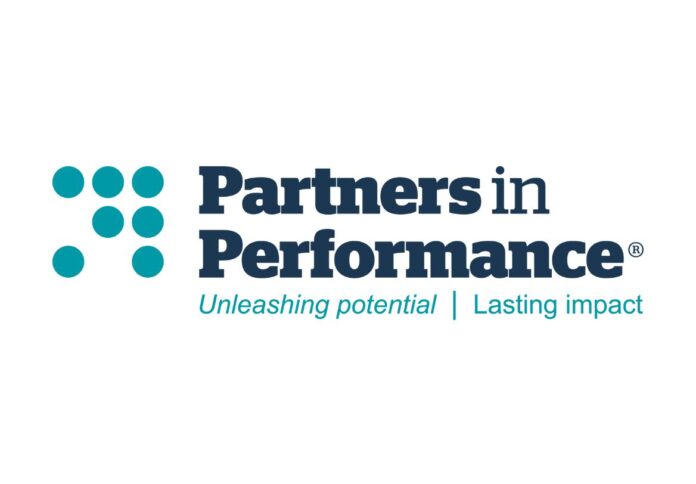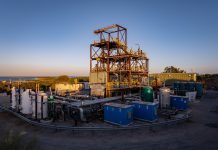
Article by Partners in Performance's Skipp Williamson and Keith Russell
Companies are announcing bold plans for decarbonisation. Ten-year emissions reduction plans have been developed into abatement curves and waterfall charts, with aspirations transformed into high-level roadmaps and communicated with stakeholders – giving everyone a sense of comfort that there is a clear pathway to action and decarbonisation.
However, the unfortunate reality is that decarbonisation could be happening much faster than this. We frequently hear that annual capital allocation processes favour highly attractive growth projects, which seem to squeeze out and defer decarbonisation projects to next year. At the same time, projects that are approved often become mired in slow-moving approval processes, resulting in limited to no progress on the decarbonisation scorecard.
In our experience, breaking through standard processes to accelerate decarbonisation, and capture its vast potential value, takes five results-focused steps.
Step one: Break the ‘2030 plan’ down into annual targets
Abatement curves and waterfalls show the ‘big picture’, but it spans almost a whole decade. A great first step is translating into realistic, yearly improvements, to ensure annual targets collectively deliver more than marketplace commitments. With market expectations likely to increase, organisations should aim for more significant reductions each year in order to meet global climate change objectives.
Step two: Bake annual decarbonisation targets into executive compensation
Incentives for achieving operational excellence, and targets, are a great driver and the same approach can be used to meet decarbonisation objectives.
Embedding targets into executive compensation, at least in the short term, can help gain organisational attention – management will be forced to pursue decarbonisation with a vigour that compares to their focus on immediate objectives and short-term profitability. Of course, this also means that management processes must be established to ensure managers have full visibility into their monthly progress towards corporate decarbonisation targets.
Step three: Identify profitable projects that are critical to achieving decarbonisation targets
Organisations can fully expect to meet their 2030 targets with Net Present Value (NPV) positive projects. Once identified, these projects should be prioritised within the capital allocation process and become the first projects to get access to capital. Every organisation’s pathway will be different, reflecting their specific priorities. To achieve this, it is important to…
- Create a ring-fenced capital pool to fund high-priority projects
If the equivalent of 20 per cent of your sustaining capital expenditure budget is allocated to decarbonisation projects, for example, there will be a natural bias towards ensuring these projects are completed. Managers are true wizards at ensuring their asset gets all the capital it can, and if this is viewed as being an ‘extra pool’ they will likely be fighting for it.
- Ensure aggressive financial metrics
Some organisations will discount their decarbonisation projects using a ‘green funding rate’, which is often around 6 to per cent, rather than the 15 per cent required from growth projects, improving the comparative NPV of decarbonisation projects.
- Build in a shadow price of carbon
In many jurisdictions, there is a tangible price of carbon. In others, some companies are using a shadow cost with the expectation they will soon face a real price of carbon in their products (and we anticipate this will increase with continuing focus on emissions reduction).
Step four: Adapt capital processes to accelerate delivery
It is critical to deploy appropriate processes for individual capital projects. Some will be of high risk, and with high technological uncertainty (for example, hydrogen is showing promise if appropriately targeted, but it is not yet fully tested technology) and should move through traditional project development processes. Meanwhile others, like solar farms, are based on mature technologies which can be implemented with speed. Ensure the right processes are being used at the right time.
Step five: Manage decarbonisation projects aggressively
Project implementation should be, and should remain, fully visible and collectively reviewed by the senior executive team on an ongoing basis.
When the leadership team has full transparency across critical projects, the full support of the organisation can be ensured, toward accelerating implementation.
Pre-established management processes and cultures in organisations typically bias their primary objectives over all other considerations. However, stakeholder expectations have risen to the point where delivery against decarbonisation targets is now considered table stakes for market support. By restructuring existing systems, organisations can align their processes to deliver real progress towards decarbonisation goals (usually without any adverse impacts on operations).
Driving this change should be a priority for every executive leadership team, in order to meet organisational net zero targets. For more information on how businesses can implement practical decarbonisation solutions, visit pip.global



















